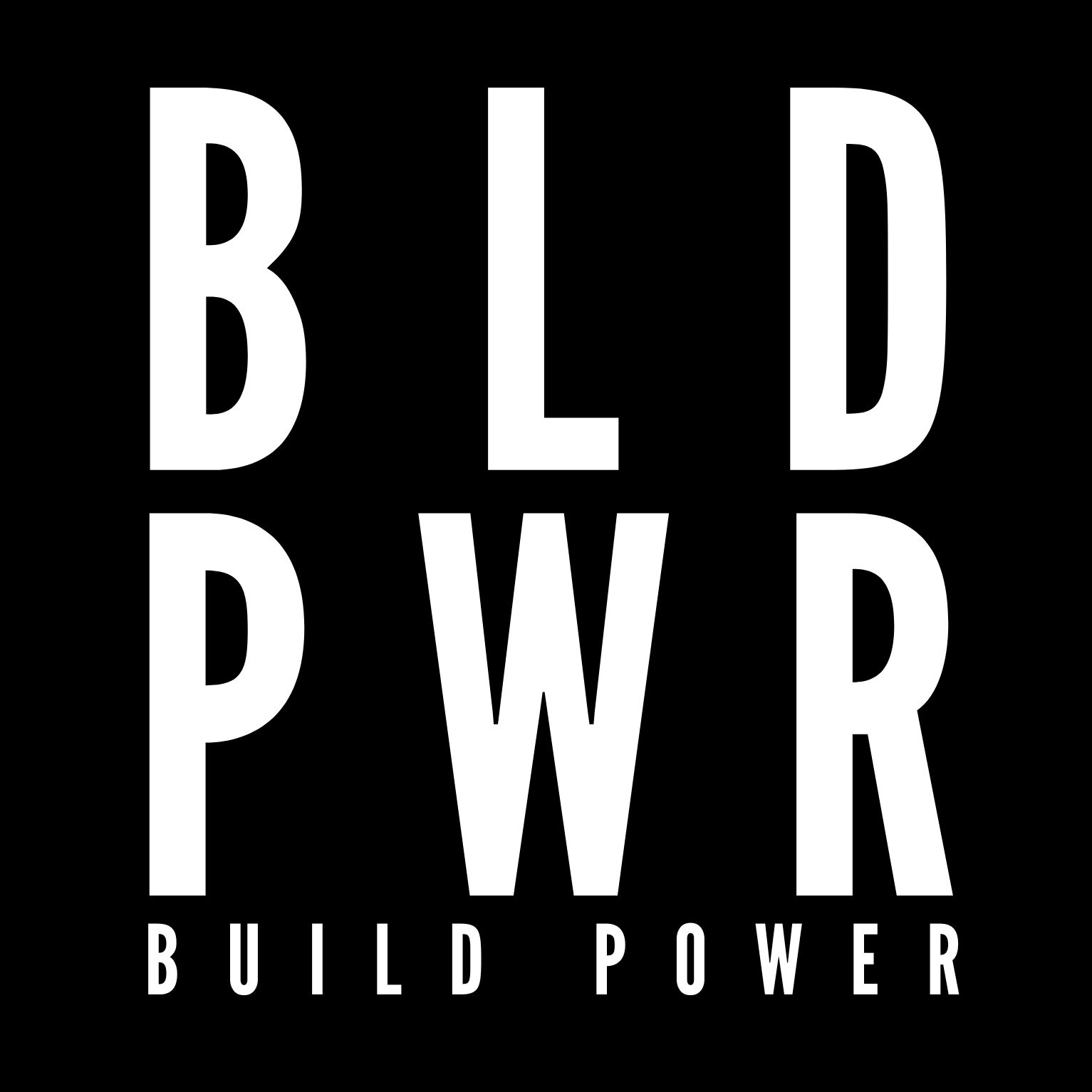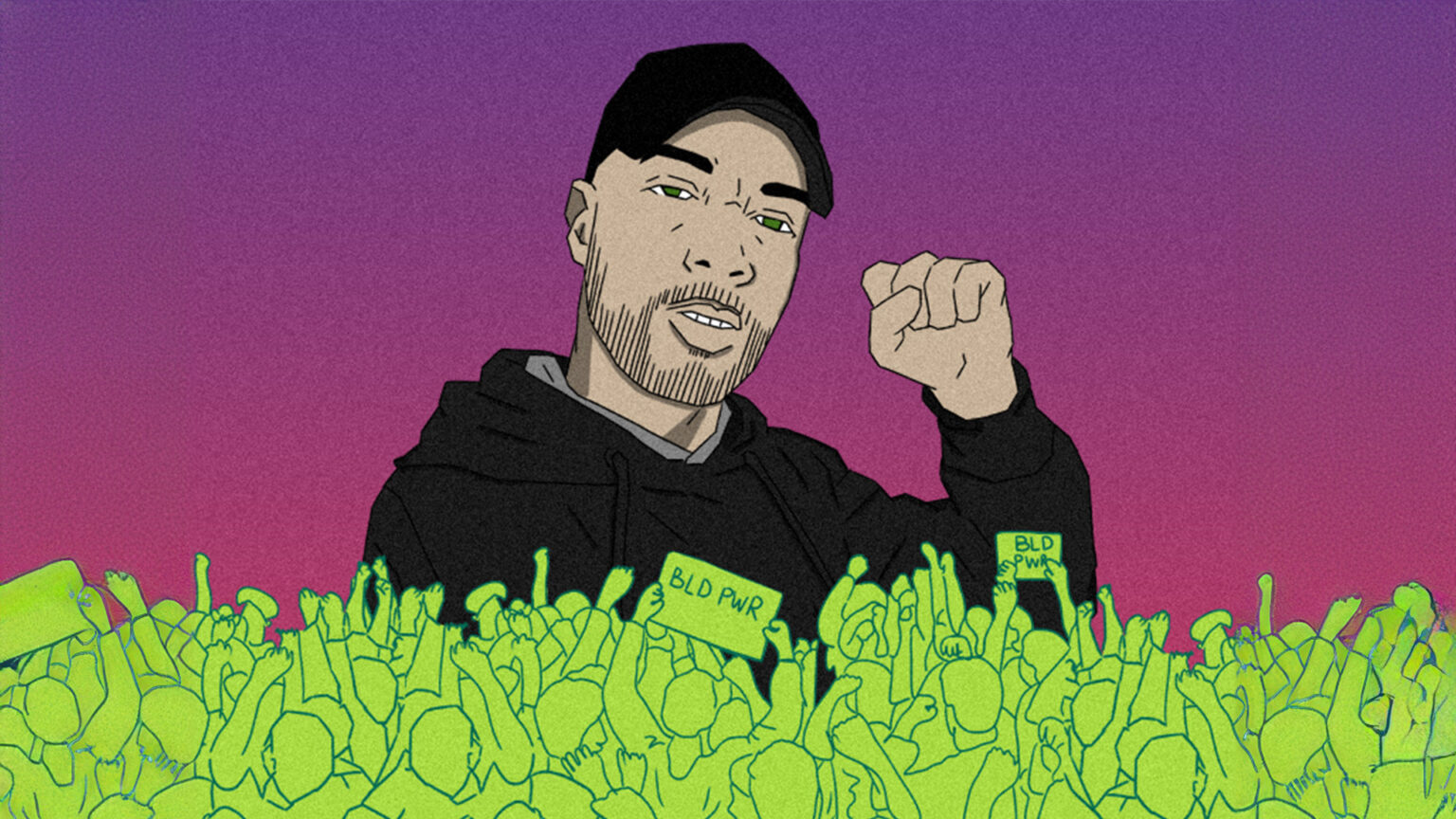The author Chris L. Terry talks to the activist and “Insecure” actor about growing up as a misfit in Houston, finding his way in Hollywood, and becoming a prominent voice at Black LIves Matter L.A. protests.
Every Wednesday, Kendrick Sampson and Black Lives Matter L.A. lead a protest outside L.A. County D.A. Jackie Lacey’s office. The goal is to “lift up 622 people now who’ve been killed by police in the last seven years under Jackie Lacey,” Sampson says via Zoom, his gravelly Texas drawl growing emphatic as he prepares for this afternoon’s rally. The weekly event has been going on for years, but today, the protest feels more urgent than ever.
It’s Wednesday, September 23rd, just a couple of hours after a grand jury announced they would not be charging officers from the Louisville Police Department for the killing of Breonna Taylor, the black, 26-year-old EMT who had been sleeping when officers raided her home. It was a predictable but depressing decision, or what Sampson calls “expected bullshit” — the perfect example of the white supremacist system that he’s been so vocal about the need to dismantle.
To the actor and activist, there’s a clear connection between Lacey and Daniel J. Cameron, the Kentucky Attorney General who oversaw Taylor’s case. “For the most part, when you get black faces in high places in institutions that are the continuation of slave catching and slavery, it’s because they make white supremacy comfortable. That’s where you get a Daniel J. Cameron and D.A. Jackie Lacey,” says Sampson, shifting in his seat in a sun-dappled room with leaves waving outside its many windows. The light catches his green eyes and scruffy beard.
“We’re not just looking at diversity and inclusion. We’re looking at liberty. We’re looking at building institutions based in accountability, where Jackie Lacey or Daniel J. Cameron, who’s comfortable with placating white supremacy, and continuing this legacy of oppression, where they wouldn’t fit in. It just strengthens the resolve to abolish the entire system and start over,” he says.
Sampson’s activism drew national attention in June when the Los Angeles Police Department was caught on camera shooting him with rubber bullets at a Black Lives Matter protest. To most of the public, the 32-year-old was best known for his role as Nathan, the transplant who gets Issa Rae’s guided tour of Black L.A. — from Eso Won Books to a Windsor Hills swimming pool — on season three of Insecure. He’s also appeared in Miss Juneteenth and How To Get Away with Murder, was recently profiled in GQ and was just named to The Root 100. But for Sampson, activism has been a lifelong pursuit.
Sampson grew up near Houston, in an interracial household where he learned to seek out his fellow misfits. “As a family, we were kind of outcasts. My mom’s family disowned her for marrying a black man and my dad was orphaned, so a lot of the, quote unquote, family that we had were not blood from either side. The people that would come to visit us were misfits, too,” he says. “Inherent in my identity was that it was political. There weren’t many people that had my experience, that looked like me in my area, when I was growing up. A lot of it was just navigating my own privilege, my own challenges, my own identity.”
In high school, his search for identity led him to “a culture of misfits” he says, “and identifying who is most vulnerable in the room.” This sparked his interest in coalition-building, whether it meant banding together to gain popularity, working to get a racist teacher fired, or mobilizing to organize a step team.
After moving to Los Angeles as a teenager, he found a supportive community in Ladera Heights, the “Black Beverly Hills” that Frank Ocean sings about on his Grammy-winning album channel ORANGE. Sampson began volunteering at homeless shelters and after a number of traumatic experiences with police brutality dating back to his youth in Texas, he began to draw connections with the issues he was confronted with in the shelters. “I saw the problems of criminalizing poverty, criminalizing mental health, criminalizing substance addiction,” he says. “And in seeing that the homeless shelters were providing some relief, but not addressing the root of the problem.”
Feeling like the homeless shelters were just “Band Aids,” he was drawn to the grassroots activism of Black Lives Matter, which had grown as a movement in the wake of police killings of Eric Garner and Mike Brown. In 2019, he founded his own organization, BLD PWR, which encourages people in Hollywood to use their platforms to speak out for social justice, and pushes for TV shows and movies that address social issues. This past summer, the nonprofit published an open letter calling on Hollywood to cut ties with the police.
Our conversation ended so that Sampson could head downtown for the Jackie Lacey Must Go rally. When I asked about calls to action, he said, “We also have to hold our leaders and community members accountable. Remember that it’s a lot like defunding the police, when a lot of people are like, ‘What does abolition of police look like?’ It looks like this policing system doesn’t have any accountability mechanisms. So we have to actually build those systems of safety and accountability, before we get to the point of complete abolition.”

